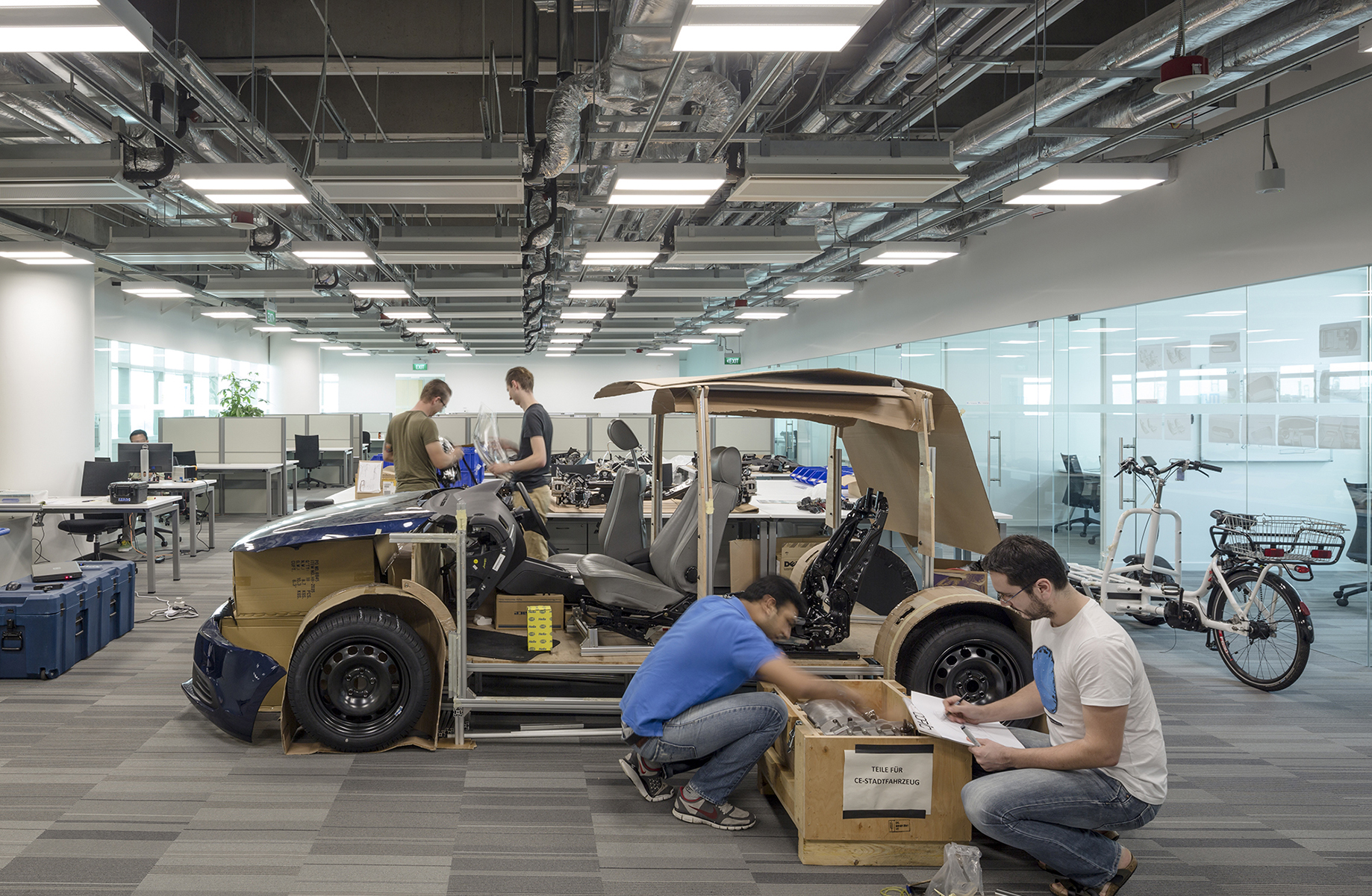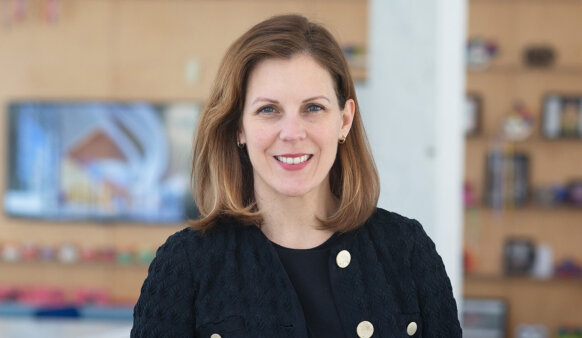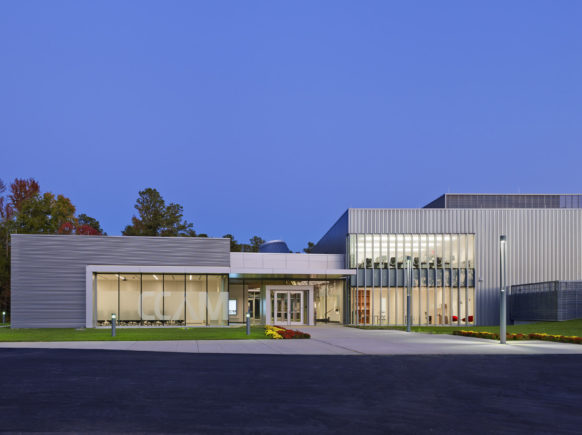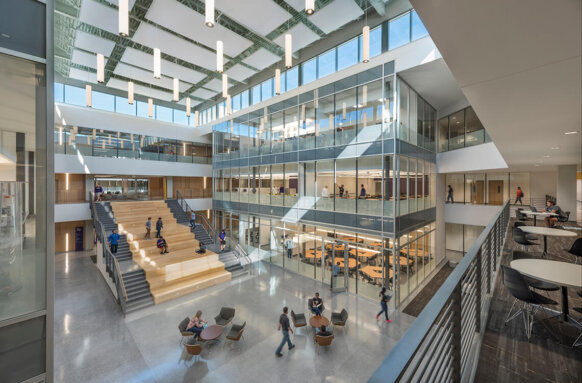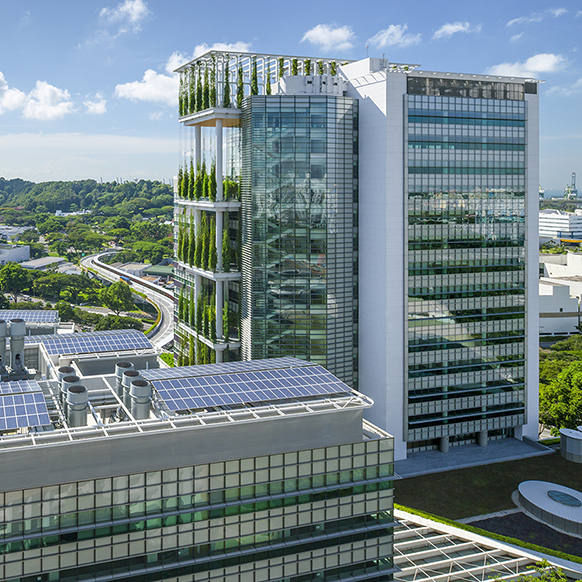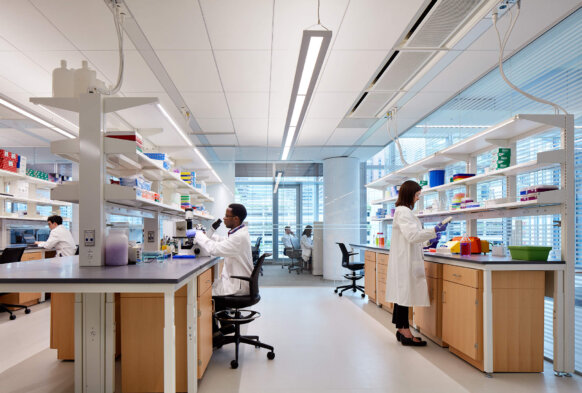Adaptable environments are a design response to ever-evolving curriculum needs to allow faculty to connect with students in functional group settings that mimic the way they would work on a professional project. In both research and learning spaces, the delineation between the areas where students learn and where students generate new ideas is converging.
Currently trending is a consistent increase of students and faculty founded start-ups that require leasable space to commercialize their concepts. It is influential to how we at Perkins&Will, along with our clients, think about the use of laboratory space. Needs from industry partners and academic institutions are creating a new melting pot layout for research. Universities are leaning towards facilities that provide future adaptability, not only for shifting teaching and research themes, but also for how the space is used as a direct result of that continuing demand for research incubator space, allowing the institution to really maximize their use of resources.
Design now models professional working environments with more options to adapt the space into an academic leasable model to easily accommodate emerging scientific incubators. Institutions are facilitating and participating in third party regional consortiums to elevate their collaboration partnerships for research with industry peers, and developing new avenues to obtain research space in valuable proximity to their strategic partners. In many cases, this is also allowing for students to gain hands-on experience that makes them more marketable in the workplace. Often internships or research programs materialize into job offers, creating employment opportunities for students, and valuable work experience for companies.
During our 2018 Convergence Symposium: Ideas to Value, we explored how to realize the full business potential of ideas and discoveries through the lens of the designed environment. From concept and prototyping, to research and development, to rollout and marketing, we examined what it takes to transform that spark of inspiration into measurable and lasting value. The solution doesn’t simply lie in simple architectural gestures, instead it’s a collection of design solutions for the built environment that consider social and economic factors that directly impact its journey and bring those ideas to reality. This blends into the importance of resiliency within our design work, ensuring that the environments we create act to honor and acknowledge each project sites’ particular social, economic, and environmental needs.
We design for the sense of community and inquiry in academic settings. These are spaces that compel a personal connection to the institution and a sense of pride in the building where studying and group work formally and informally occurs. Our design process finds the balance of adaptability and customization to best serve the fundamental goals of academic colleges and their industry partners for vastly different research and innovation types. It is just as critical that the quality of the space should be durable and timeless, with access to amenities like tools, equipment, ample power and exhaust, as it is a place for human connections. From makerspaces, to incubators and centers of innovation, ideas are given life in environments that invite people to take risks.
